My knee formed an oasis?
Table of Contents
Introduction
Ever looked down at your knee and thought, “Why does it feel like I’m growing a water balloon in there?” You didn’t injure it badly, yet it’s swollen, stiff, and weirdly warm. It might not hurt much, but it definitely doesn’t feel right.
If yes, then your knee might be dealing with knee effusion. Don’t worry, it’s common, but it’s also something you shouldn’t ignore.
Let’s break down how this happens, what causes it, and what you can do about it.
What is Knee Effusion?
Knee effusion happens when too much fluid builds up inside your knee joint. Normally, your knee has a small amount of fluid called synovial fluid that keeps things running smoothly, just like oil in a machine. But when something’s off, your body may produce too much fluid, or the fluid may change like getting bloody or infected.
Summary: Knee effusion happened due to too much fluid inside the knee joint, causing swelling.

What Causes All That Fluid?
There are several possible reasons why your knee decides to turn into a balloon:
1. Injury or Trauma
Falls, sports injuries, accidents, or even twisting your knee the wrong way can cause internal bleeding or inflammation. Your knee reacts by producing more fluid to protect and heal the joint.
Summary: Accidents can cause swelling through bleeding or inflammation.
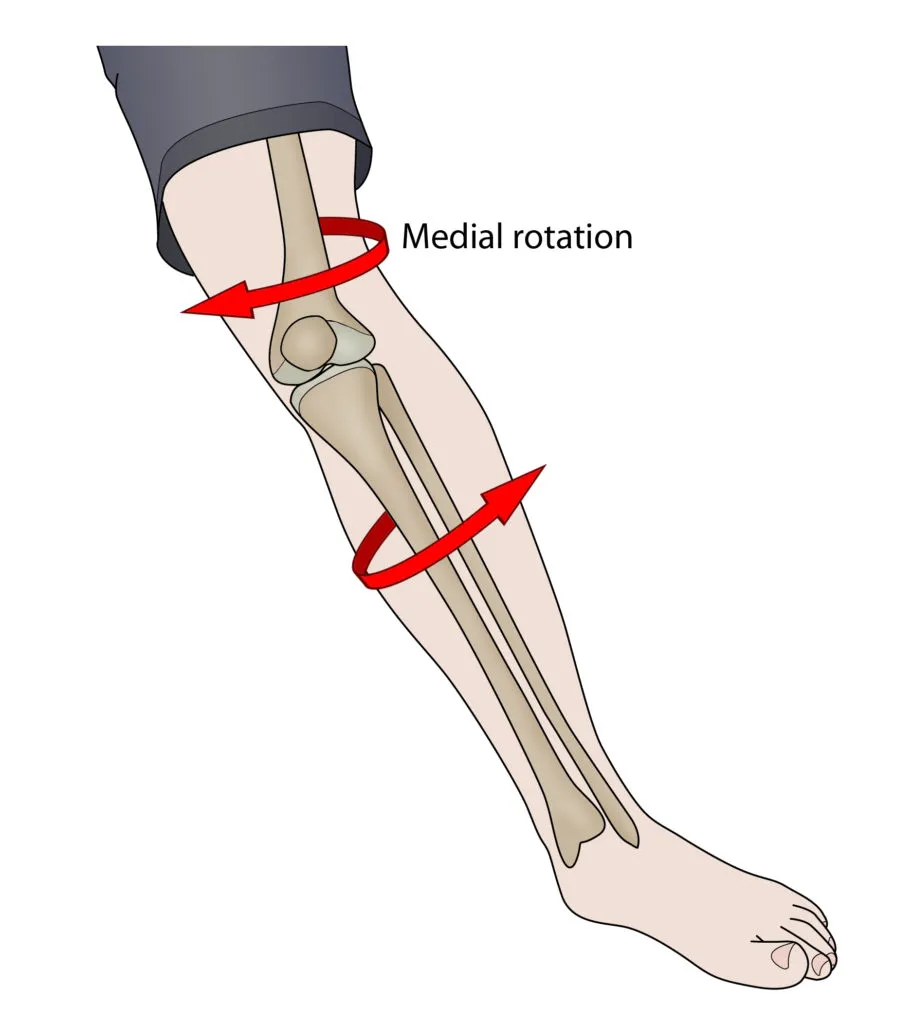
2. Arthritis (Osteoarthritis, Rheumatoid Arthritis)
If you have arthritis, especially osteoarthritis or rheumatoid arthritis, your body might keep producing extra fluid in response to ongoing wear and tear or inflammation. It’s one of the most common causes of chronic knee effusion.
Summary: Arthritis leads to long-term inflammation, which causes fluid buildup.
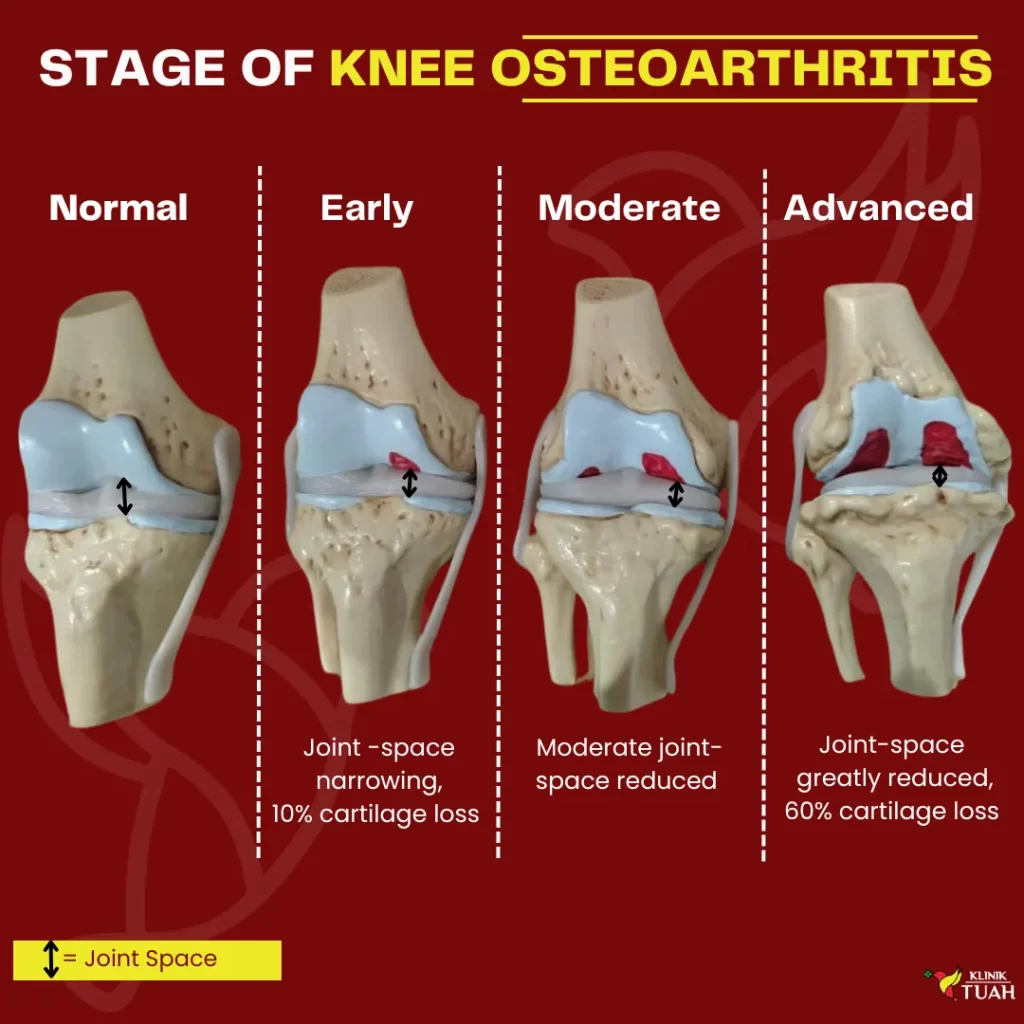
3. Gout and Pseudogout
When uric acid crystals (in gout) or calcium crystals (in pseudogout) collect in the joint, your knee gets irritated and swollen. Your immune system sees these crystals as a threat and attacks — and that creates more fluid.
Summary: Crystal buildup = immune reaction = swelling.

4. Infection (Septic Arthritis)
This is serious. If bacteria get into your joint, they can cause infectious arthritis — and your knee may swell up quickly, turn red, feel hot, and be extremely painful. This is a medical emergency and needs immediate treatment.
Summary: Infection can cause rapid, painful swelling. Immediately see a doctor.
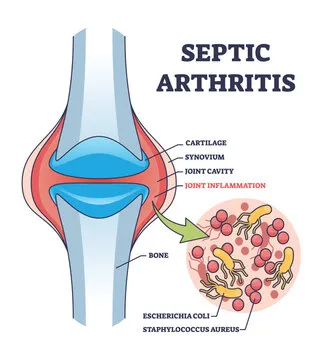
5. Overuse or Repetitive Motion
Too much squatting, climbing stairs, running, or lifting heavy loads (especially without proper form) can irritate the joint. Your knee might swell up to “protect itself” — a kind of protest from overwork.
Summary: Repetitive stress or overuse can trigger inflammation and fluid buildup.
6. Baker’s Cyst
Sometimes, the excess fluid in your knee flows backward into a small pouch behind your knee. This is called a Baker’s cyst, and it often forms because of knee effusion — especially in cases of arthritis or meniscus tears.
Summary: Baker’s cyst forms as a result of too much knee fluid, not the other way around.
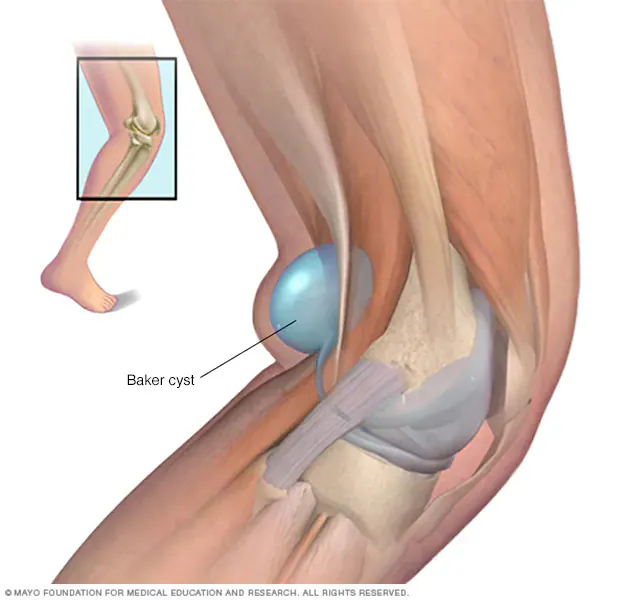
What Does Knee Effusion Feel Like?
Common symptoms include:
- Swelling around the kneecap or entire joint
- Stiffness and making bending your knee feel difficult
- Pain, especially with movement
- Warmth or redness if infection or inflammation is present
- A feeling of “tightness” or heaviness in the knee
Summary: Swollen, stiff, painful knees are key signs of effusion.
How Do Doctors Find Out the Cause?
1. Physical Exam
Your doctor will check your knee for warmth, swelling, range of motion, and pain.
2. Joint Aspiration
Using a sterile needle, your doctor might draw fluid from the joint. This can relieve pressure but also helps test the fluid for:
- Infection (bacteria or white blood cells)
- Crystals (gout or pseudogout)
- Blood (from injury)
3. Imaging Tests
X-rays, MRI, or ultrasound can show signs of arthritis, meniscus tears, or fluid pockets like a Baker’s cyst.
Summary: Diagnosis may involve checking the fluid and scanning your knee to find the cause.
How is Knee Effusion Treated?
Treatment depends on what’s causing it. But common options include:
✅ R.I.C.E. Method
- Rest your knee
- Apply Ice (15–20 mins a few times daily)
- Use Compression (like an elastic bandage)
- Elevate your leg
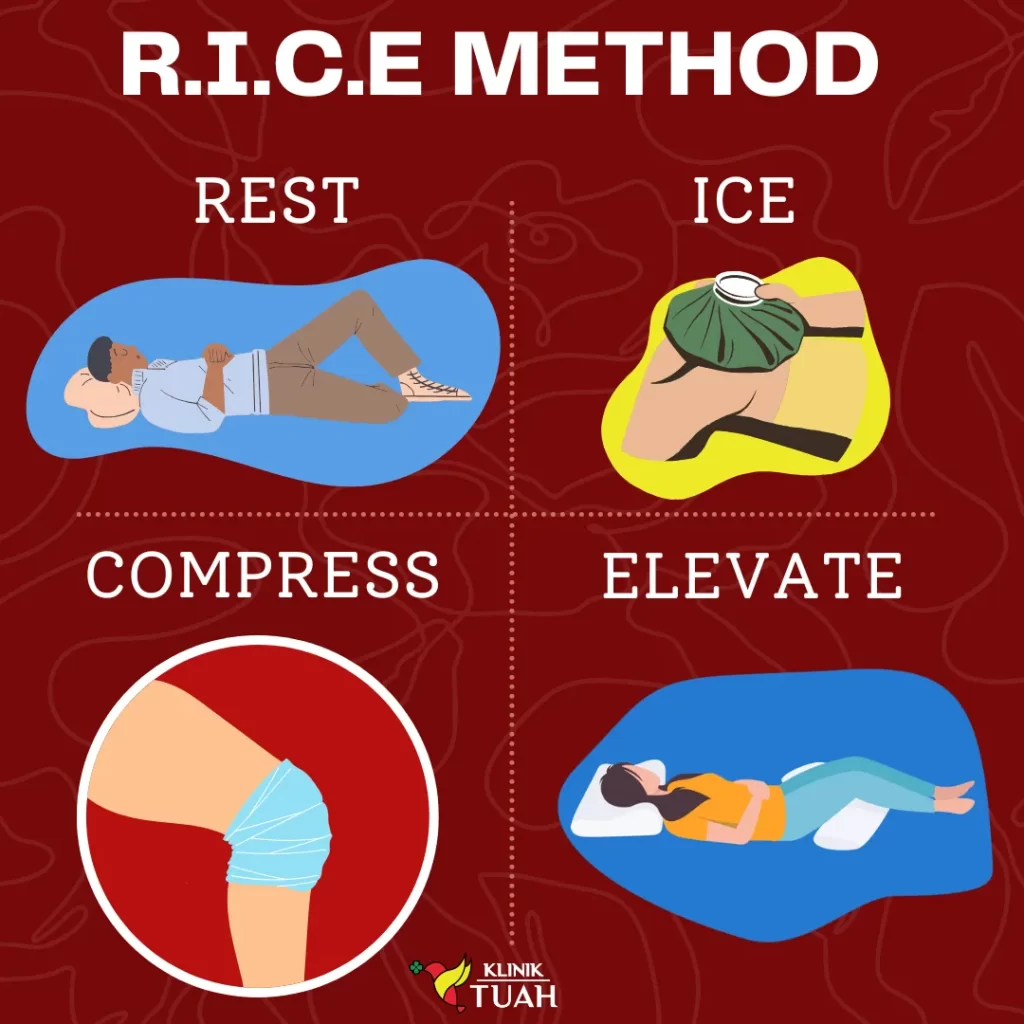
✅ Medications
Painkillers like ibuprofen or naproxen help reduce inflammation and pain. If it’s an infection, antibiotics are needed fast.
✅ Joint Aspiration
If the fluid is causing a lot of pain or swelling, your doctor may remove it with a needle.
✅ Treat the Root Cause
- Gout? You’ll need meds to lower uric acid.
- Arthritis? You may need long-term care like physiotherapy, anti-inflammatory meds, or joint injections.
- Infection? Hospital treatment and IV antibiotics might be needed.
Summary: Treatment includes reducing swelling, managing pain, and fixing the cause.
Can You Prevent Knee Effusion?
Yes, some lifestyle habits can help:
- Keep your weight in check to reduce stress on the knees
- Exercise regularly (focus on low-impact like swimming or cycling)
- Strengthen your leg muscles, especially the quadriceps
- Warm up properly before workouts
- Avoid overdoing activities that strain your knees
Summary: Staying active, strong, and balanced can protect your knees.
When to See a Doctor
Don’t wait if you have:
- Swelling that lasts more than 2–3 days
- Severe pain or can’t bend your knee
- Fever, warmth, and redness (signs of infection)
- Repeated knee swelling without a clear reason
Summary: If symptoms are strong or long-lasting, get checked early.
Conclusion
Knee effusion might sound fancy, but it’s your body’s way of telling you something’s wrong. Whether it’s arthritis, an old injury, or something more serious — don’t ignore a knee that swells like a sponge. The good news? Most cases are treatable. The better news? A few smart habits can help you avoid it in the first place.
There are other causes of knee pain, not just knee effusion. Discover the complete guide to knee pain here
No ONE DESERVE TO LIVE in pain






